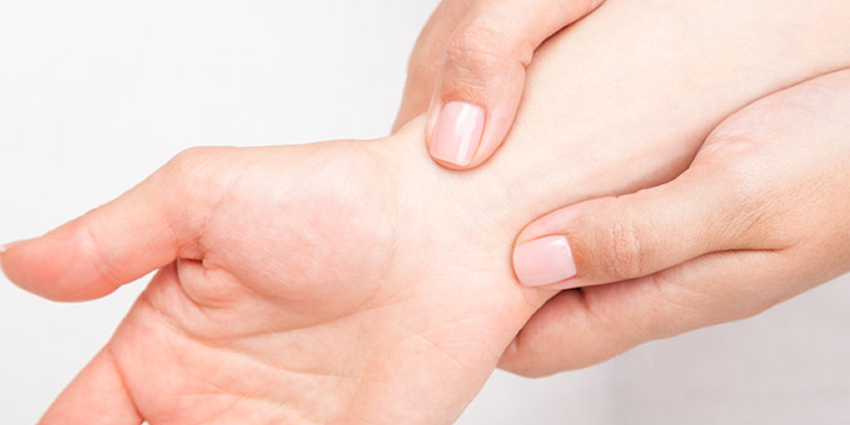2639 Alta Vista Dr, Unit C
Physiotherapy Clinic and Rehab Center
-
Call for help: 613-737-7463
-
Physiotherapy Clinic and Rehab Center
Call for help: 613-737-7463

What you might be feeling
Classically Carpal Tunnel Syndrome (CTS) presents as pins and needles, numbness, burning or pain in the thumb, index finger, middle finger and half of the ring finger. The symptoms can be associated with swelling, difficulties distinguishing between hot and cold temperatures and reduced coordination of the hand. Commonly, people affected by this condition wake at night with symptoms and have to shake their hand to obtain relief.
What’s going on inside
The carpal tunnel is a canal formed by ligaments and the small bones of the wrist on the palm side of your hand. Several tendons, blood vessels and a nerve pass through the carpal tunnel as they travel from the forearm to the hand. The nerve that passes through this narrow tunnel is called the Median nerve. If the median nerve is be com-pressed, it may result in carpal tunnel syndrome
Carpal Tunnel Syndrome is thought to occur as a result of increased pressure in the carpal tunnel. In some instances there is an obvious reason for the increase in pressure such as:
– A fracture of the small bones in the hand or the bones of the forearm.
– Swelling of the tendons that pass through the carpal tunnel.
Other causes can be related to occupational practices such as:
– Exposure to vibration.
– Maintaining the wrist in a bent position for prolonged periods e.g. sewing, painting, writing and computer work.
Other contributing factors/causes are:
– Pregnancy
– Age
– Diabetes
– Rheumatoid arthritis
How a physio can help?
Determining the cause and contributing factors is important in the management of Carpal Tunnel Syndrome. Reducing inflammation associated with a fracture or an injured tendon will help reduce pressure in the carpal tunnel. If symptoms are related to vibration then modifying work practices to avoid prolonged exposure is important. Similarly avoiding prolonged positioning of the wrist in a flexed or extended position is important. Splints, different equipment, different grips may all be useful to change and support the wrist mechanics.
Wear a splint:
A specific carpal tunnel splint that helps to keep the wrist in a neutral position helps minimize the pressure in the carpal tunnel. Initially the splint may need to be worn for long periods to allow symptoms to settle. As symptoms settle the splint is worn for shorter periods.
Rest:
Rest from aggravating activities is important, it helps settle inflammation and alleviates symptoms.
Exercise Program:
Your physiotherapist will give you stretches and exercises that help to mobilize the median nerve, help strengthen the muscles around the wrist and stretches to stretch the structures around the wrist to help settle and alleviate symptoms and to prevent recurrences.
Surgery?
In cases that are left untreated, serious cases, or cases that don’t respond to treatment, surgery is sometimes needed. Surgery involves decompression of the nerve. Most people do well after such surgery.